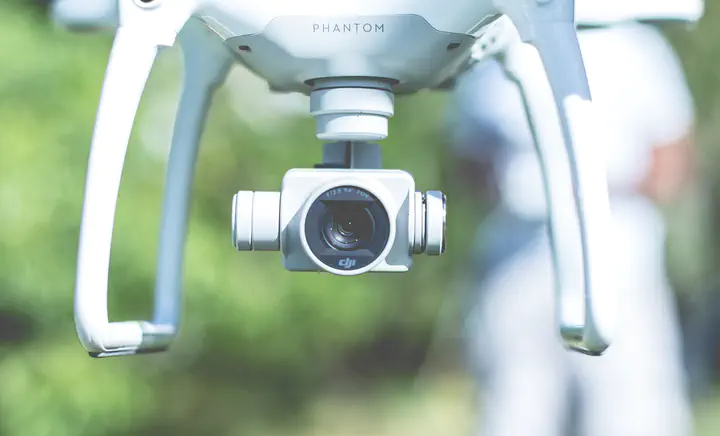 Image credit: Unsplash
Image credit: UnsplashAbstract
The hippocampus is a locus of working memory (WM) with anterior and posterior subregions that differ in their transcriptional and external connectivity patterns. However, the involvement and functional connections between these subregions in WM processing are poorly understood. To address these issues, we recorded intracranial EEG from the anterior and the posterior hippocampi in humans (seven females and seven males) who maintained a set of letters in their WM. We found that WM maintenance was accompanied by elevated low-frequency activity in both the anterior and posterior hippocampus and by increased theta/alpha band (3–12 Hz) phase synchronization between anterior and posterior subregions. Cross-frequency and Granger prediction analyses consistently showed that the correct WM trials were associated with theta/alpha band-coordinated unidirectional influence from the posterior to the anterior hippocampus. In contrast, WM errors were associated with bidirectional interactions between the anterior and posterior hippocampus. These findings imply that theta/alpha band synchrony within the hippocampus may support successful WM via a posterior to anterior influence. A combination of intracranial recording and a fine-grained atlas may be of value in understanding the neural mechanisms of WM processing.